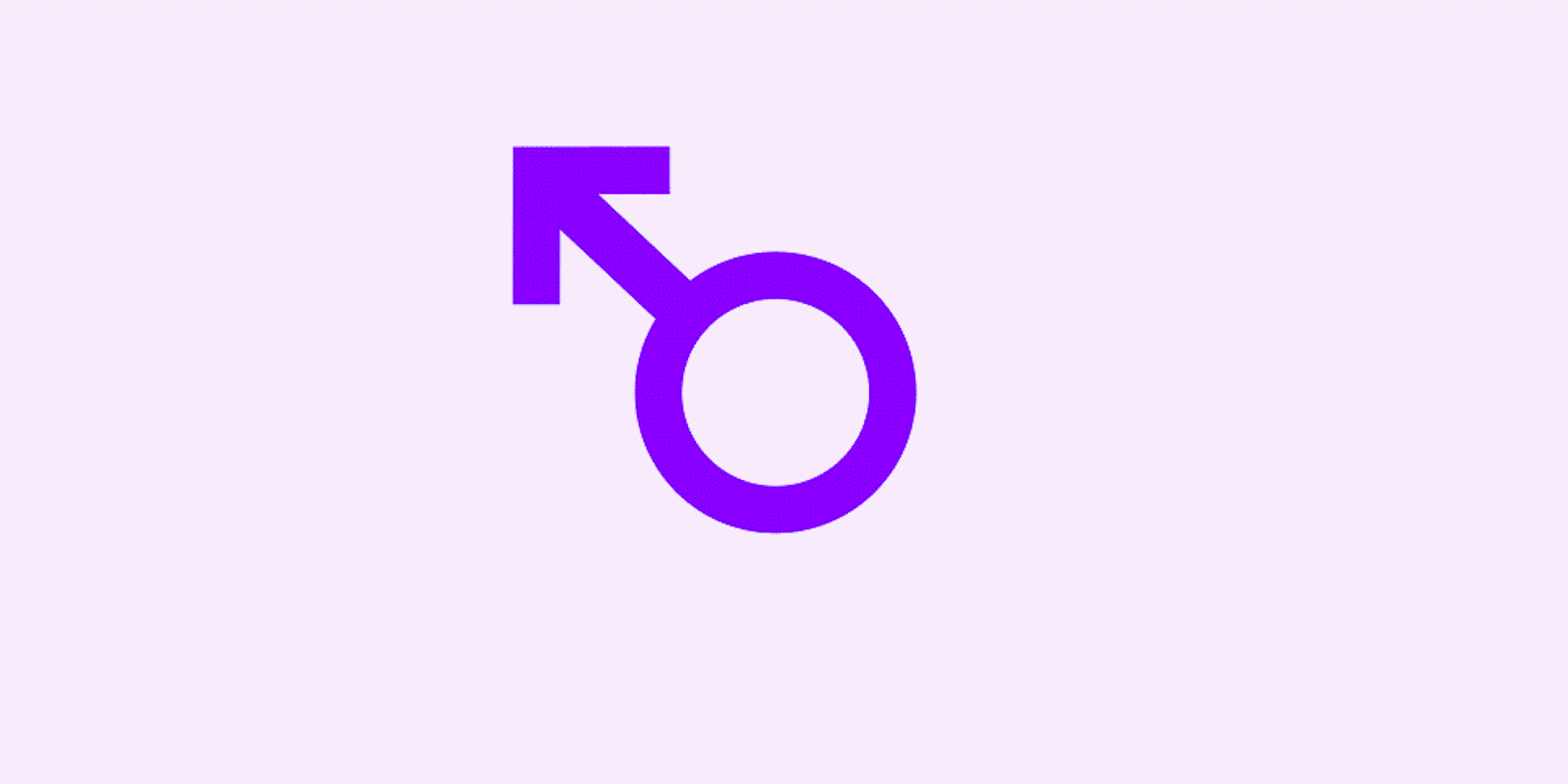In recent years, genderqueer people around the world have been coming out, talking about their experiences inside and outside of the gender binary and clearing up misconceptions about gender identity. But while people across genders have been challenging norms for years, genderqueer visibility still has a long way to go.
What is genderqueer as an identity, and what does it mean to say you’re genderqueer? Whether you have a genderqueer friend or partner in your life or you just want to learn more, here’s what you need to know.
What is genderqueer and what does it mean?
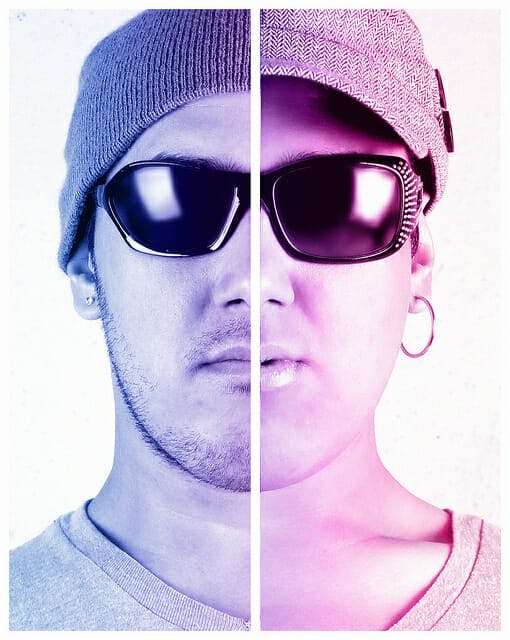
Trans Student Educational Resources (TSER) defines “genderqueer” as “an identity commonly used by people who do not identify or express their gender within the gender binary.” Genderqueer people “may identify as neither male nor female,” TSER explains, and “may see themselves as outside of or in between the binary gender boxes,” if not dismissing gender altogether. In short, genderqueer describes gender identities that go against traditional expectations of what it means to have a gender.
Genderqueer is an umbrella term, so when someone identifies as genderqueer, that could mean a variety of things. Some people consider themselves genderqueer and identify as cisgender, or with their gender assigned at birth. Others see themselves as genderqueer and prefer not to assign themselves to a specific gender identity. Because “genderqueer” carries a wide range of terms and phrases, there’s no such thing as a one-size-fits-all approach to being genderqueer.
Are genderqueer and transgender the same thing?
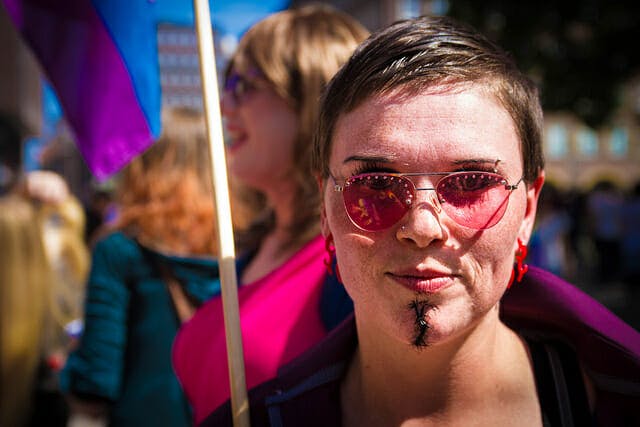
No, they are not. Genderqueer people use the term “genderqueer” to describe their relationship with gender. Within the gender binary, they cast off traditional cisgender perceptions of gender. That is, genderqueer people challenge the notion that all people are simply “men” or “women.” Transgender people, on the other hand, see themselves as simply embracing their gender identity, often by transitioning into it, and may not necessarily think of themselves as challenging the gender binary.
In other words, a transgender woman may not identify as genderqueer because she may only see her gender in relation to being a woman and being transgender.
That said, some transgender men and women may see their gender as skirting traditional binary expectations. Often, this is because trans people undergo gender transitioning. Non-binary transgender people may consider genderqueer an accurate depiction of their transitioning as well. This doesn’t mean that being transgender is inherently genderqueer, however. It just means every person has a different relationship with their gender identity.
READ MORE:
- How big is the transgender population, really?
- Everything you need to know about the transgender military ban*
- Trans and nonbinary people explain what gender dysphoria feels like
- Here’s what it really means to be asexual
What are some identities associated with being genderqueer?
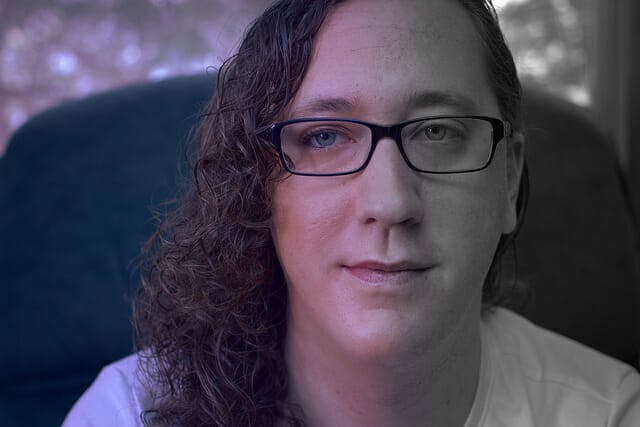
Some people may consider themselves genderqueer and identify with various other terms within the genderqueer umbrella. Here are just a few examples.
- Agender: Agender individuals are people who “do not experience having a gender,” Hell Yeah, Agender! explains. Agender people may use a wide range of pronouns and experience no particular relationship with a gender identity.
- Bigender: Bigender people have two gender identities. Some bigender people experience their gender identities simultaneously, while others regularly transition from gender to gender. Some genderfluid people may identify as bigender too.
- Genderfluid: Term for individuals who “have different gender identities at different times,” Nonbinary Wiki states. Genderfluid is an umbrella term and is used by people who identify both inside and outside the gender binary.
- Multigender: An umbrella term for people who “have more than one gender identity,” be it at once or from time to time, as Nonbinary Wiki explains. Multigender identities include genderfluid and bigender.
- Nonbinary: Nonbinary is an umbrella definition for people who fall outside the gender binary and do not explicitly identify as “male” or “female.” For more information, read our guide to being nonbinary.
Again, not every person with a marginalized gender identity may see themselves as genderqueer. Some nonbinary people, for instance, may not identify as genderqueer, though many nonbinary people see their gender identity as existing within the genderqueer umbrella. In short, identities vary from person to person. When in doubt, it’s best not to assume a person’s gender identity.
Life as a genderqueer person
What’s it like to be genderqueer?
https://www.youtube.com/watch?v=rIx4zGbSueE
No two genderqueer people experience their gender identities the exact same way. However, there are some common feelings and struggles that genderqueer people deal with throughout their lives, from coming out to living everyday life as someone who challenges the gender binary. This often includes feeling stifled by gender norms.
“For as long as I can remember, I’ve known that I was interested in non-normative expressions of gender, bored by what ‘masculinity’ means culturally and what it is supposed to look like visually,” genderqueer writer madison moore wrote in March 2016. “But I am comfortable enough in my anatomy and unbothered by cultural norms to wear sequins or skirts or whatever.”
READ MORE:
- The dirty, complex, empowering history of the word ‘queer’
- What it means to be transgender
- The pride and pitfalls in LGBTQ labels
- Everything you never understood about being nonbinary
In a video with popular genderqueer YouTuber Hayden Royalty, genderqueer stylist Madin Lopez opens up about being a genderqueer person of color and some of the hardships that otherwise go unnoticed for Black and brown queer people within the genderqueer community. Both Royalty and Lopez point out that genderqueer people should be given the ability to challenge gender expectations as they want to and as they feel comfortable.
“To go back to the binary of butch and femme […] It’s just so regressive, and it’s really uncomfortable to think that that’s where people want to be,” Lopez explains, “when I’m on this other end where I’m like, ‘I want to bust out of that and just be free and be beautiful and just love life.’”
My partner is genderqueer. How can I help?
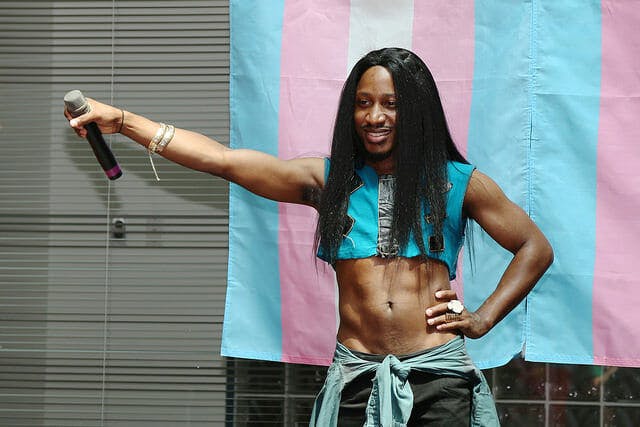
If your partner just came out as genderqueer, the most important thing you can do is talk to them. Take time to learn more about their identity. What does genderqueer mean to your partner? Do they identify as genderqueer alongside other gender identities? Make sure you’re both on the same page about what being genderqueer is all about for them.
Most of all, be ready to learn. As a term, “genderqueer” encompasses plenty of identities that you may be completely unfamiliar with, like genderfluid individuals or people who are agender. Being genderqueer may be a whole new world to you, and that means there’s a lot of hard truths you’ll have to accept—like the fact that cisgender people have certain privileges in the world that genderqueer, non-binary, and/or transgender people do not have.
It may take some time to learn more about what it’s like to have a marginalized, non-normative gender identity. But the more you learn, the more you’ll be able to understand your loved one’s genderqueer identity. And that means the more supportive you’ll be for your partner as they figure out more about themselves, too.
Still curious? Here’s everything you need to know about being nonbinary, the ultimate guide to getting consent, what ‘gaslighting’ really means, and what it means to be transgender. Plus, read up on the reality of polyamory and gender dysphoria.
Editor’s note: This article is regularly updated for relevance.

